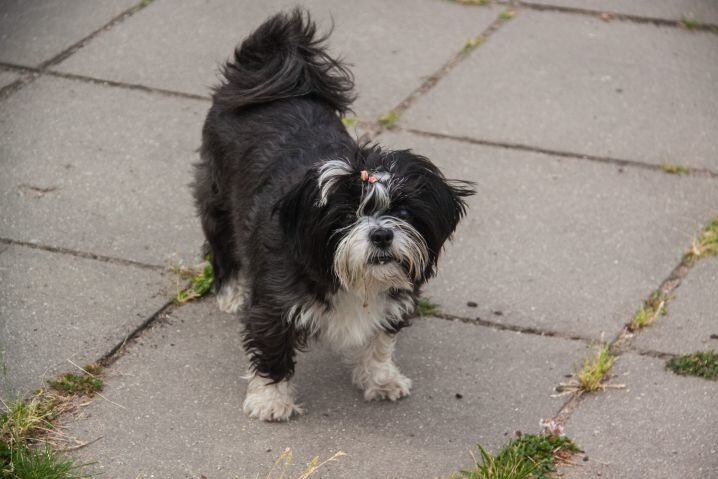Imagine coming home after a long day, opening the door, and your dog rushing towards you, wagging his tail so hard it looks like he's about to fly off.
"He's just happy to see me!" you think. But what if that wagging "broom" conveys more than just joy?
Scientists have long proven that a dog's tail is a whole telegraph, with the help of which it sends dozens of messages.

And if you learn to read them, you can learn things about your pet that will change your relationship.
First, forget the myth that tail wagging always means friendliness. It all depends on the context.
For example, if the tail is raised high and moves quickly, this is indeed a sign of joy.
But if it is lowered and wags slowly, the dog is most likely wary or even ready to defend itself.
And if a dog presses its tail between its paws, it is a clear signal of fear or submission. But that's not all.
The direction of movement also matters. Research has shown that when a dog wags its tail to the right, it experiences positive emotions, and when it wags its tail to the left, it experiences negative emotions.
But the tail is only part of the "alphabet." Body language includes ears, eyes, posture, and even fur.
For example, if the ears are pressed to the head and the eyes are wide open, the pet is scared. If the ears are erect and the gaze is focused, it is interested or ready for action.
A relaxed posture with half-closed eyes indicates peace, while tense paws and raised hair on the withers indicate aggression.
Interestingly, dogs use these signals not only to communicate with people, but also with other animals.
While on a walk, you may notice how your dog “talks” to his fellow dogs through his postures and movements.
For example, a playful bow (front paws extended forward, back legs raised) is an invitation to play. And a sharp jump to the side with a bark is an attempt to dominate.
But how do you understand what exactly your pet wants to say? Start with observations. Notice how his behavior changes in different situations.
If he whines and pokes his nose into the leash, he's clearly asking for a walk. If he scratches the refrigerator door with his paws, he's hungry.
And if he brings you the ball and puts it on his knees, sitting down in a "stand" - he demands attention. Over time, you will begin to distinguish the smallest nuances.
The key is not to ignore the signals. Dogs that feel they are not understood become anxious or aggressive.
For example, if a dog growls when you pet him while he's eating, it's not "bad behavior" but a warning: "I'm uncomfortable, move away."
Punishment in this situation will only make the problem worse. It is better to respect his boundaries and teach your children to do the same.
And remember: every dog is unique. Some are "talkative" and express emotions vividly, others are reserved.
Your task is to become an attentive "translator". Try to observe your pet today. Perhaps you will find out what he has been trying to tell you for a long time.
